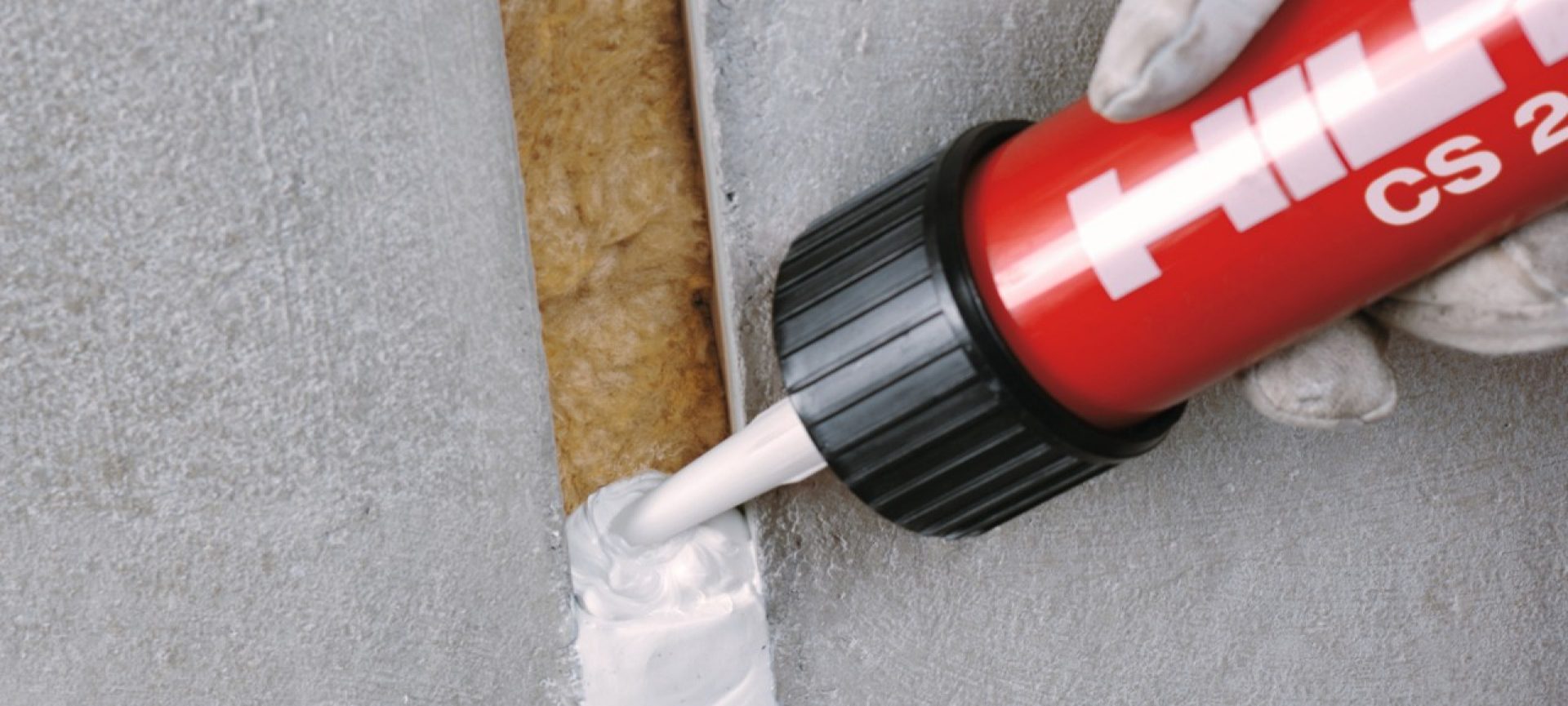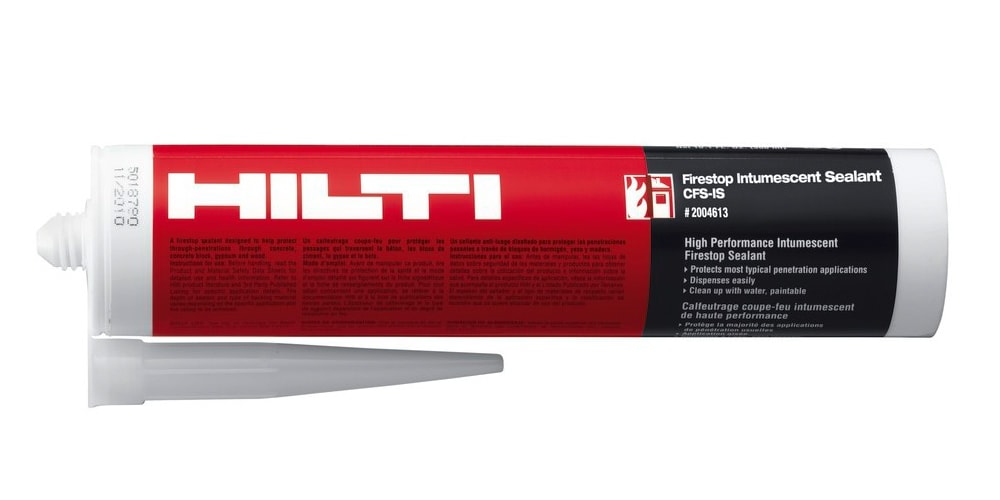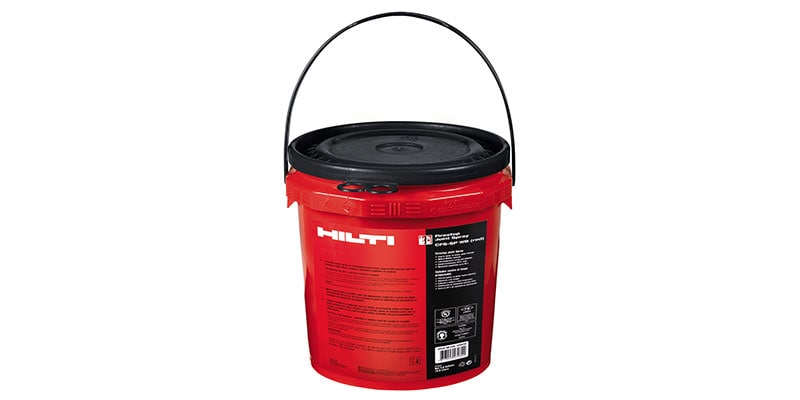- 主頁
- 行業解決方案
- 防火解決方案 (英文版本)
- Construction Joints
Firestop for construction joints
Our easy-to-use firestop products speed up installation and simplify inspection

To the trained eye, the quality of construction work is decided by the quality of its joints. Needless to say, joints are unavoidable – they exist to allow for movement between two building elements, be it floor-to-floor, floor-to-wall, wall-to-wall, head-to-wall, bottom-of-wall or perimeter wall. This adds up to countless gaps through which fire and smoke can spread.
To help prevent the spread of fire or smoke within a building, certain walls, floors and joints are required to meet a specific fire resistance rating – the period during which a building component has been tested to confine a fire, or continue to perform a structural function, or both. This is where firestop comes in: blocking the gaps and penetrations in your structure is an efficient way to help contain fire, smoke and toxic gases. The construction is thus divided into compartments which are insulated from each other – a passive safety strategy which helps to prevent fire and smoke spreading beyond their origin.


